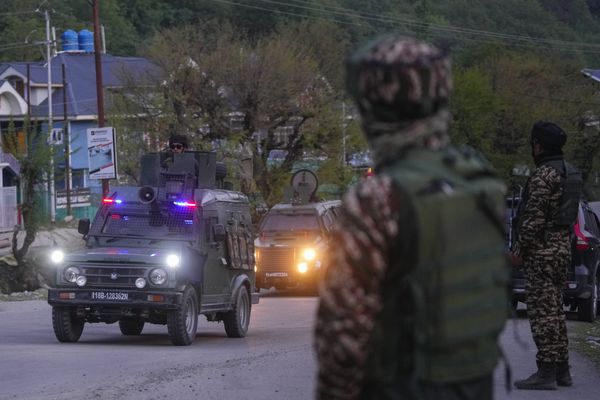
In early November, I was standing in a long line at the Van Gogh gift shop in Amsterdam waiting to purchase a Pokémon ballpoint pen. It was one of the few remaining items left in the store – this was the second month of the establishment’s Pokémon collaboration, but the clamour for the limited edition merchandise was ceaseless. Everything from T-shirts to notebooks to shoulder bags with an image of Pikachu on the front had been picked bare, leaving only prints and postcards behind the till. It was barely past midday but the number of people crammed into the shop meant the area was soon cordoned off with others now rejected entry until it calmed down.
This had become an all too familiar sight for attendees and staff. From the very start of the collaboration, which began in September for the museum’s 50th anniversary and was intended to introduce new audiences to the work of the Dutch artist, the Pokémon merch caused mayhem as eager fans – and scalpers – clamoured for the best stuff. But the main cause was a single item: a limited edition “Pikachu With Grey Felt Hat” trading card. As soon as the card was made available, it sold out online, while desperate gallery visitors had to enter scrums to try and pick one up. Footage of the Poké riots soon hit Twitter (now known as X), and later, eBay listings had the card on sale for up to $900. In mid-October, the card was discontinued.

So what was it like to actually work there? “The first week was quite awful,” one employee recalls. “It was just way too busy. Lots of people trying to come in four times a day just trying to get the card.” Intended for kids aged six to 12, the card was awarded on completion of a Pokémon treasure hunt that involved learning about the history of the painter from a set of new Van Gogh-inspired Pokémon paintings, which have been temporarily added to the exhibition.
“In the morning, people were just running straight to the store even though it was only one item per person,” the same employee says. They describe the scene as being more like a “theme park” than a museum with at least 2,000 out of 5,500 sold tickets there for the card alone. A lot of people who showed up on the day needed to be turned away.
“It has been pure chaos,” another explains. “What did people expect? You’re taking something out of the 90s that people were a fan of. I get the idea, it just doesn’t work with Pokémon.”
To cope with the demand without ruining the experience, the trading card was replaced with a postcard. In addition, a one-item per-person rule was implemented to discourage scalpers alongside relocating the exclusive merchandise from the ground floor gift shop to the first floor, so queuing was mandatory. When I visited, however, the Pokémon Adventure treasure hunt leaflets were also out of stock with reprints said to be on the way – they found me one behind the counter when I said I was a journalist. The Van Gogh Museum later told me that it had enough treasure hunt leaflets (in Dutch and English) to last until the end of the collaboration, but that’s not what I found.

Regardless, the shortages and overcrowding contributed to a rise in disgruntled visitors. “Normally, we have two complaints a month, maybe,” says one staff member. “Most of the time it’s about a lot of people being here. [During the Pokémon exhibition] we had 12 a day. First, it was about the lines. And then [because] we didn’t hand out the cards any more … so they felt played that they bought a ticket and didn’t get something.”
The removal of the trading card from the Van Gogh Museum did somewhat improve the situation. “I think those first weeks attracted the wrong crowd,” says the staff member. “[Afterwards] it was nice, just kids coming in and walking away happy with the postcards.” Though many of the staff I spoke to were hesitant about calling the collaboration an outright success, one confirmed that the card’s withdrawal helped it to become what it was originally intended to be: an educational experience.

“I think the last few weeks were [successful], yes,” they say. “We had a lot of families coming in wanting to do the treasure hunt. Even now that we don’t have the treasure hunt any more, we do have a normal art treasure hunt – and yesterday we handed out about 50 of them, whereas normally we hand out like 20 or 30. So it definitely has worked to bring kids in.”
There is clearly value to these collaborations. From MoMA’s much publicised video game collection to the War Games Jam held a year ago at the Imperial War Museum, games are a way to attract new, younger audiences into museum and gallery spaces. It also makes sense that these endeavours provide limited edition merchandise to incentivise fans further, and bring in revenue. But I realised as I queued up for my ballpoint pen, museums need to think the offer through from the beginning, and to anticipate and prepare for demand – especially when it comes to cute electric squirrel creatures wearing Van Gogh hats.







